Fall weather is coming, and that should bring changes to your plant growth regulator applications. For over a decade, we’ve known that PGRs – and even DMI fungicides – produce longer growth suppression during cooler weather. This is why we use growing degree day (GDD) models to predict growth response following applications of PGRs and DMI fungicides. In addition to longer re-application intervals, turfgrass growth rate starts to slow with cooler and longer nights. If PGR programs are not adjust from your summer rates and re-application intervals, widespread over-regulation and even phytotoxicity can occur.
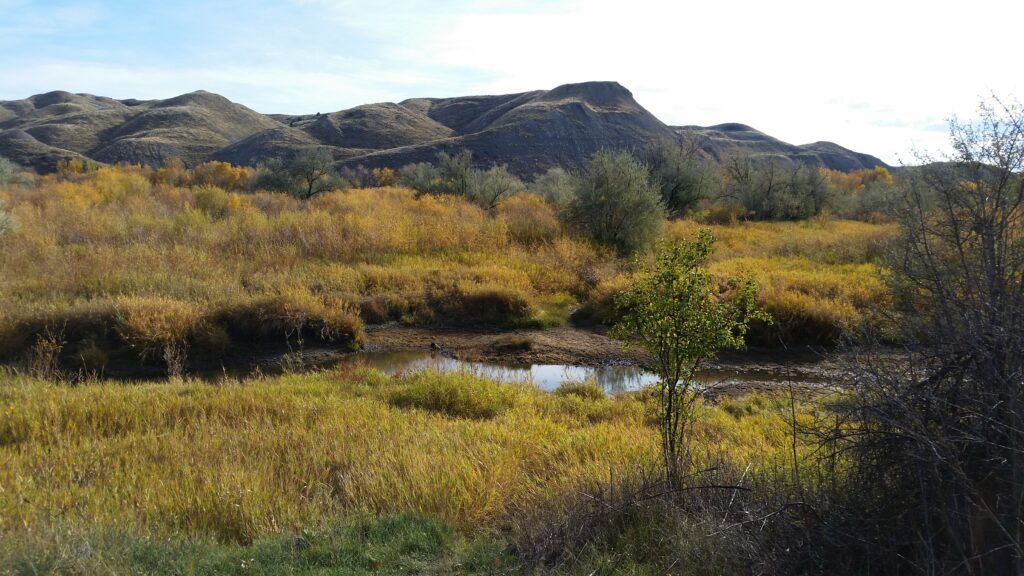
IT’S Easy to Stack PGRs in Fall
Growing degree day models for PGRs and DMI fungicides are fairly easy to understand. The represent a summation of the daily average air temperature from the day the PGR or DMI was last applied through today. As the GDD value gets larger, the amount of clipping yield suppression from those products increases and then declines until the product no longer impacts growth rate. This calculation is done in degrees Celsius and there is a base temperature restriction of 0C for cool-season grasses and 10C for warm-season grasses.
Understanding the math isn’t that important because GreenKeeper (https://greenkeeperapp.com) can easily work through the hundreds of different calculations for the different PGR and DMI fungicides. GreenKeeper even has an priority algorithm to predict how multiple PGRs and DMI fungicides interact to alter growth rate. As the GreenKeeper obtains the observed and forecast weather data, the PGR and Growth Rate Management pages on the Course Dashboard will update with the latest model data.
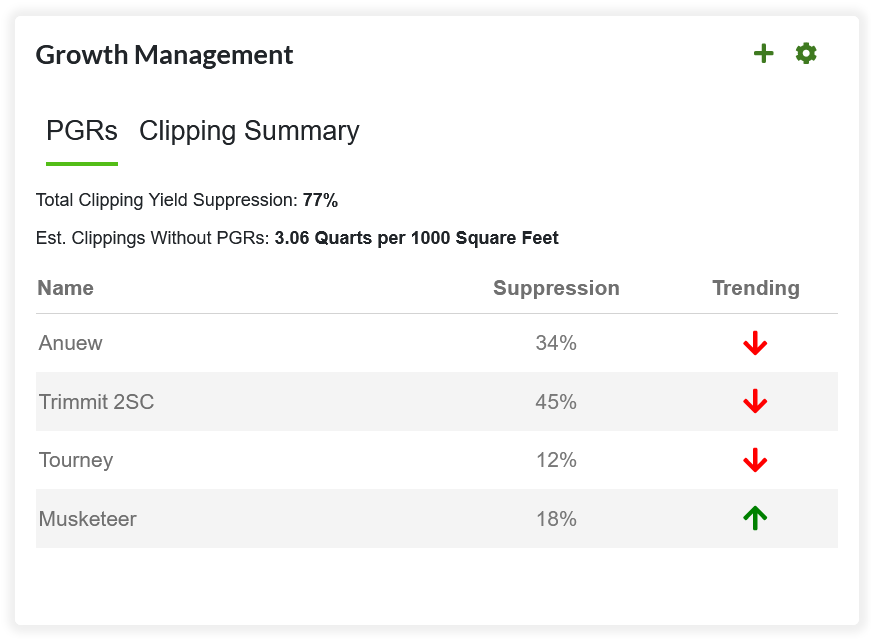
Failing to lengthen PGR intervals during cooler fall weather will cause PGR stacking and intensify growth suppression. Many superintendents also apply DMI fungicides in fall to control different leaf and root diseases. This combination can result in 70% or more clipping yield suppression. This can also hinder spring green-up and cause winterkill on sensitive turfgrass species.
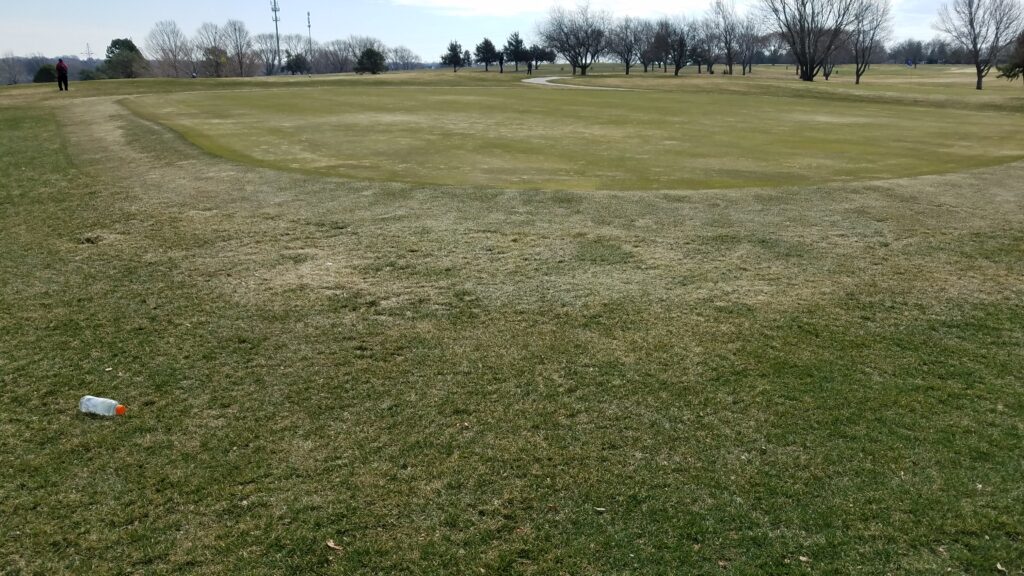
To compound the issue, the natural growth rate of both cool- and warm-season grass starts to slow. The combination of slowing growth rate and high growth suppression from stacking or mixtures of PGRs can cause the measured clipping volume to decline significantly. Even realtively safe PGRs including trinexapac-ethyl can cause obvious blue/purple leaf coloration and reduced wear tolerance. The Performance Tracker feature in GreenKeeper can track this decline in Clipping Volume to schedule these fall PGR apps.
Reduce PGR application rates and pull PGRs from combinations or substitute PGRs for DMIs in the fall to prevent a large decline in Clipping Volume which may can cause phytotoxicity.
Should I continue pgr apps in the fall?
The color and quality improvements from PGRs are greatest in the fall. That’s something that we’ve documented for a decade, and those quality improvements can over-winter – as long as the turf doesn’t completely loose green color in the winter. Another benefit from fall applications is increased shade tolerance. This is again important because the days are getting shorter and the shadows are getting longer. This limits the amount of sugar that can be produced as the plant prepares for winter.
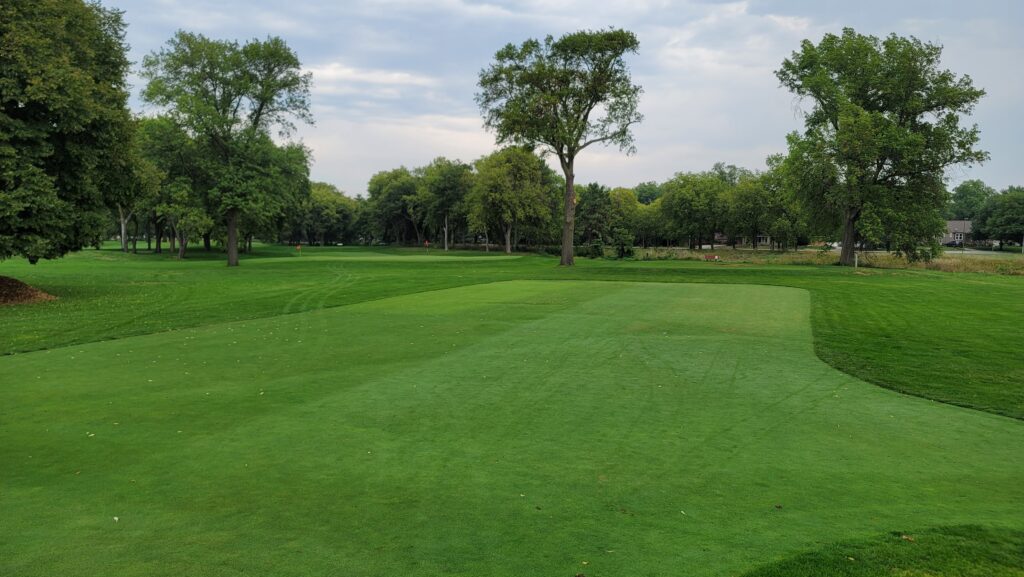
Clearly there are advantages to continued PGR applications into fall. At the same time, late fall applications of PGRs can hinder winter tolerance and slow green-up, especially Class B PGRs like paclobutrazol and flurprimidol. At Jim Ager Jr Memorial GC, the course I manage, I will continue to drop PGR rates as Clipping Volume declines this fall. Ultimately I will remove the Class B PGRs from the Anuew application on the greens in mid-October. I will then stop the Anuew applications when growth rate ceases in late October.
GreenKeeper App can help plan and manage PGR applications. It also shows how PGRs are impacting ClipVol for the different management areas of your facility. With some planning and adjustment, a well-timed PGR & DMI program in the fall can improve health and help sustain playability goals ahead of winter.
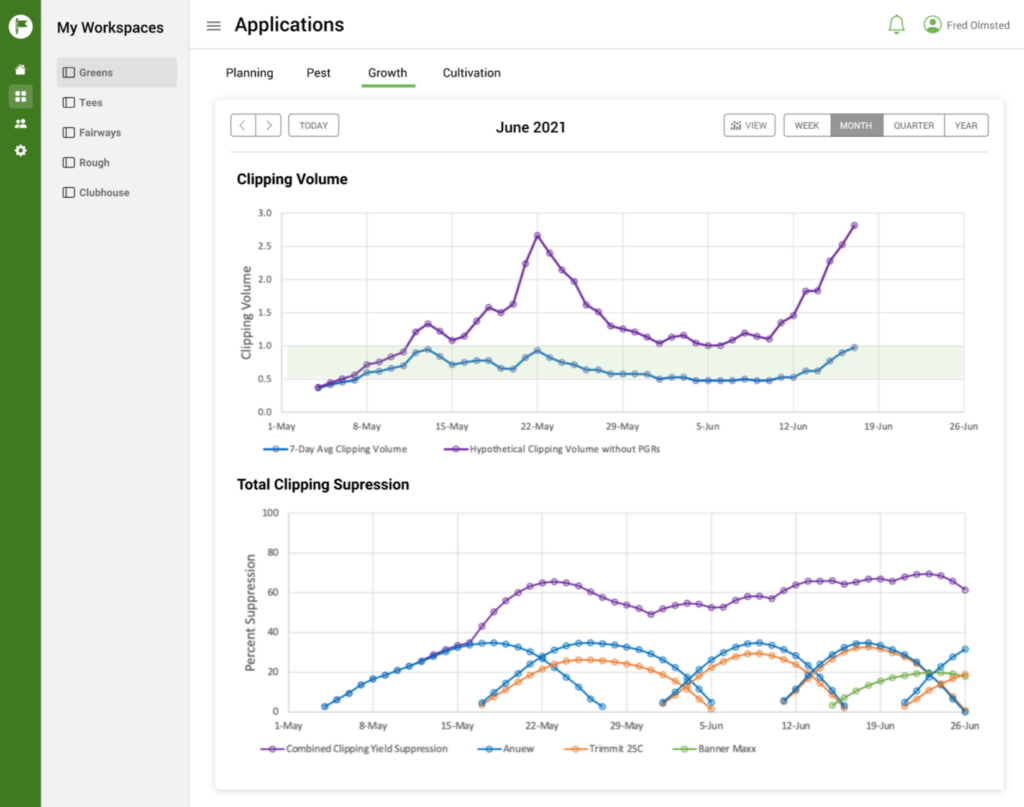

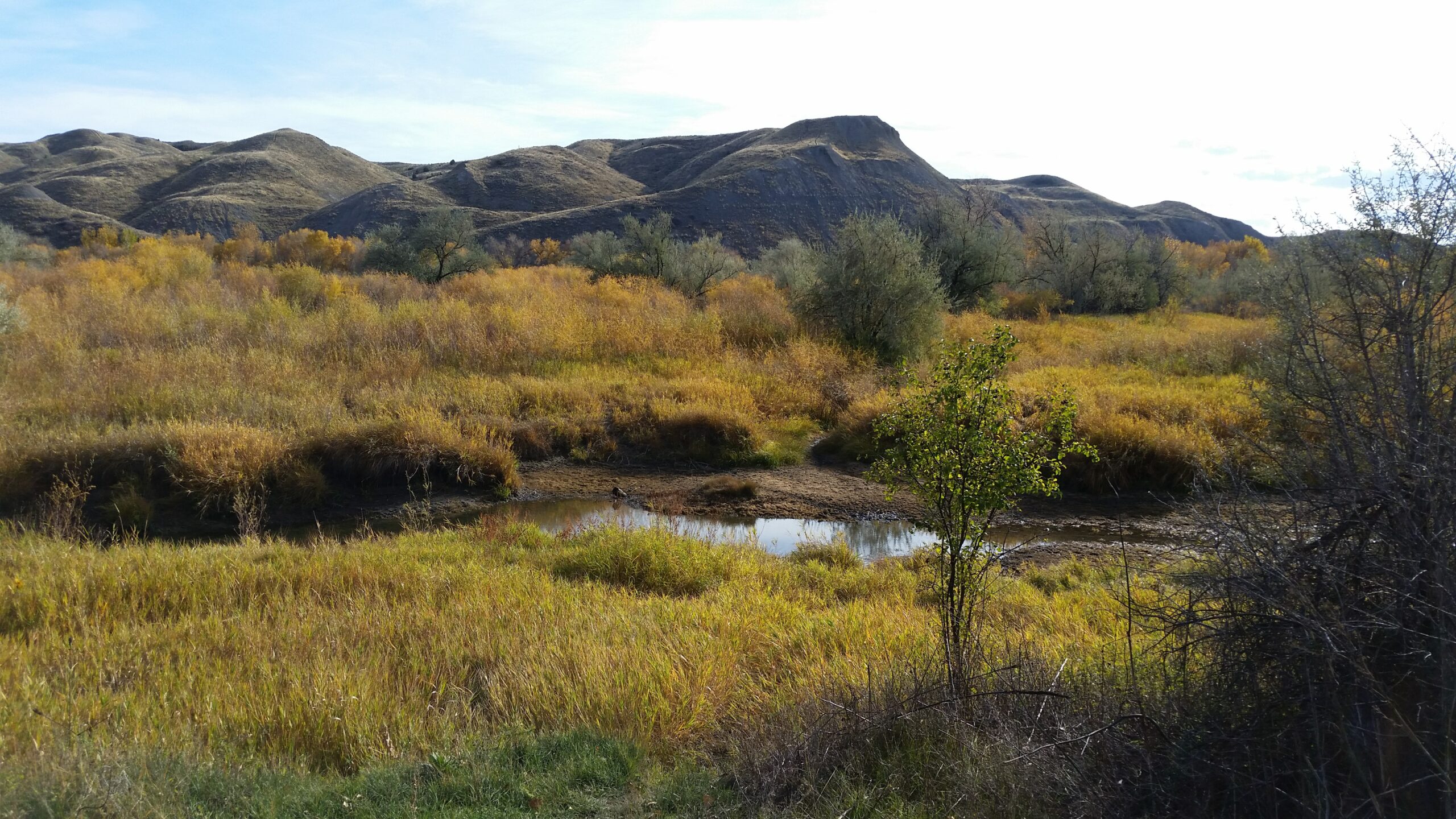
What is your recommendation on PGR when been using .75oz per 1,000 sqft in summer on common Bermuda in south central Texas